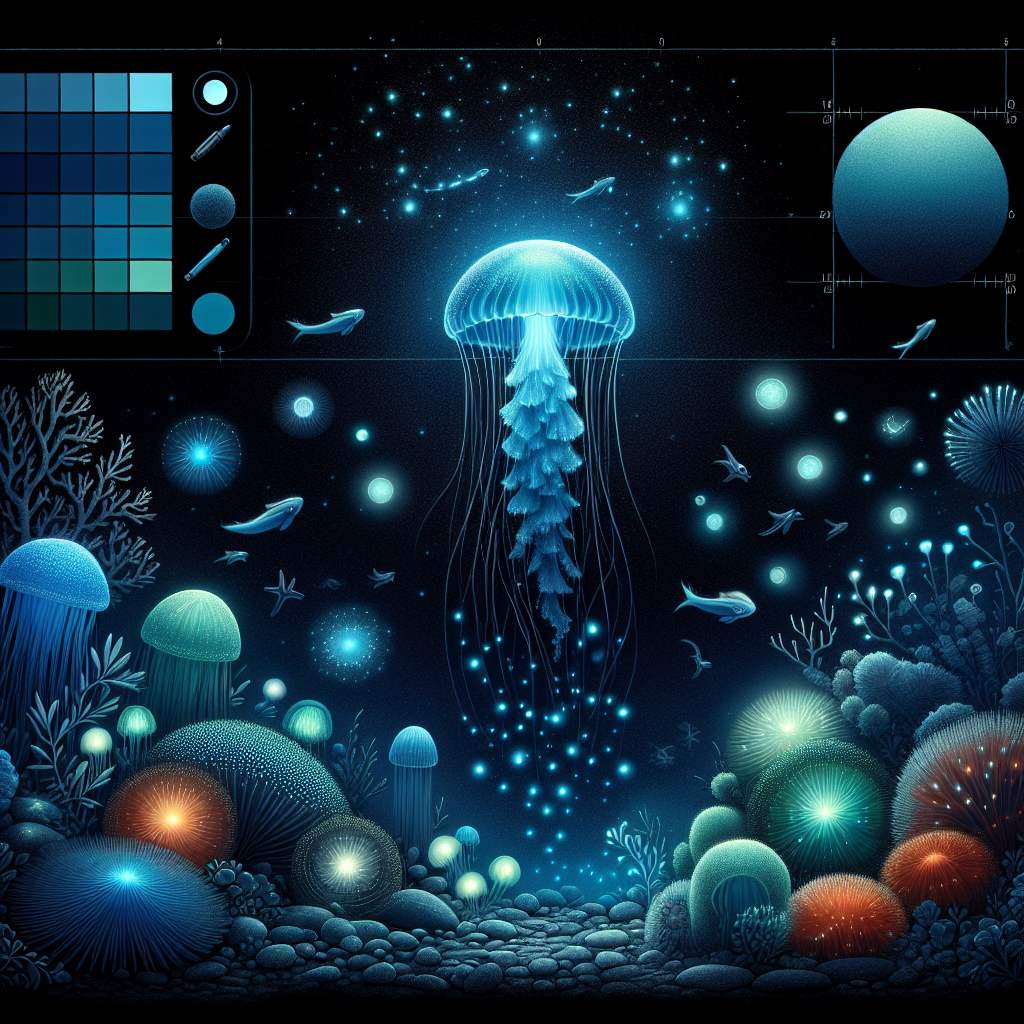The Glowing Secrets of Ocean Depths: Unveiling the Mystery of Bioluminescence
The phenomenon of bioluminescence, where organisms produce light through a chemical reaction, has intrigued humans for millennia. Researchers focus on octocorals, soft-bodied corals that bioluminesce, to study its evolutionary roots. Understanding light production in these corals offers insights into early animal evolution and how light communication evolved in a rapidly changing oceanic environment.

- Country:
- United States
Bioluminescence, the enigmatic ability of organisms to emit light through chemical reactions, continues to captivate scientific inquiry and public fascination alike. Researchers Danielle DeLeo and Andrea Quattrini delve into this phenomenon, focusing on the deep-sea octocorals, a group of soft-bodied corals that bioluminesce, in a quest to unearth its evolutionary origins.
Their research reveals that octocorals use a uniform chemical reaction to bioluminesce, a trait potentially dating back over 540 million years to the Cambrian Explosion. Preliminary studies indicate that even non-bioluminescent octocorals possess the genetic blueprint for light production, hinting at lost evolutionary traits.
DeLeo and Quattrini's findings suggest that bioluminescence served as an early form of communication, vital for survival in the dynamic marine environment. This ancient biological ability, present in corals for millions of years, underscores its significance in the evolutionary narrative and opens new avenues for understanding early animal communication and sensory evolution.
(This story has not been edited by Devdiscourse staff and is auto-generated from a syndicated feed.)










